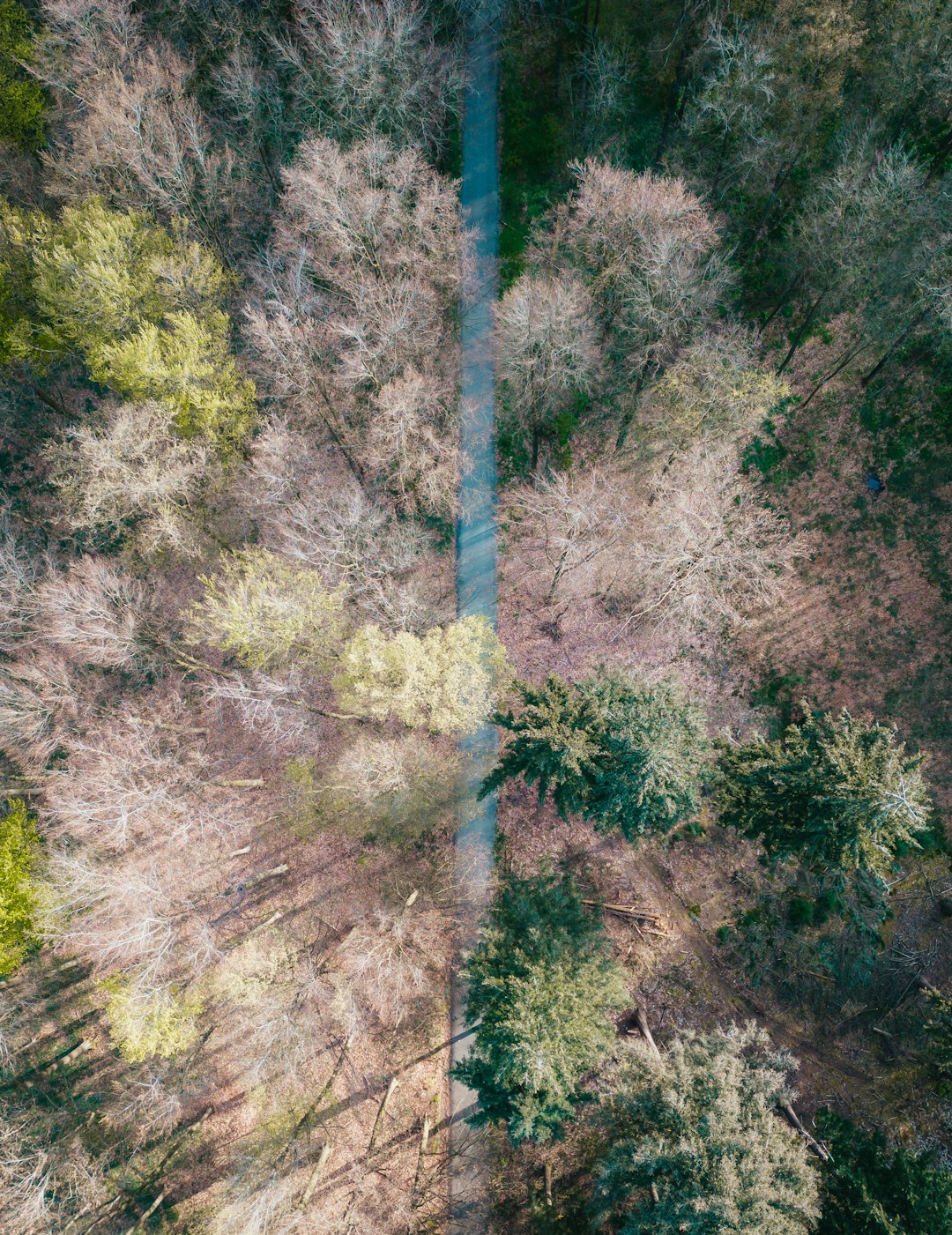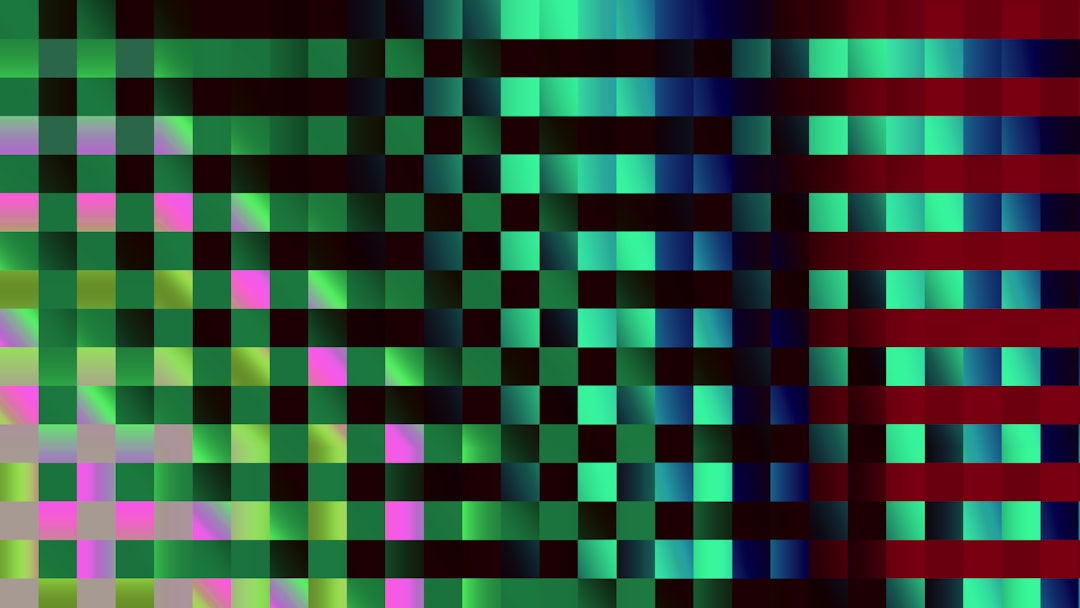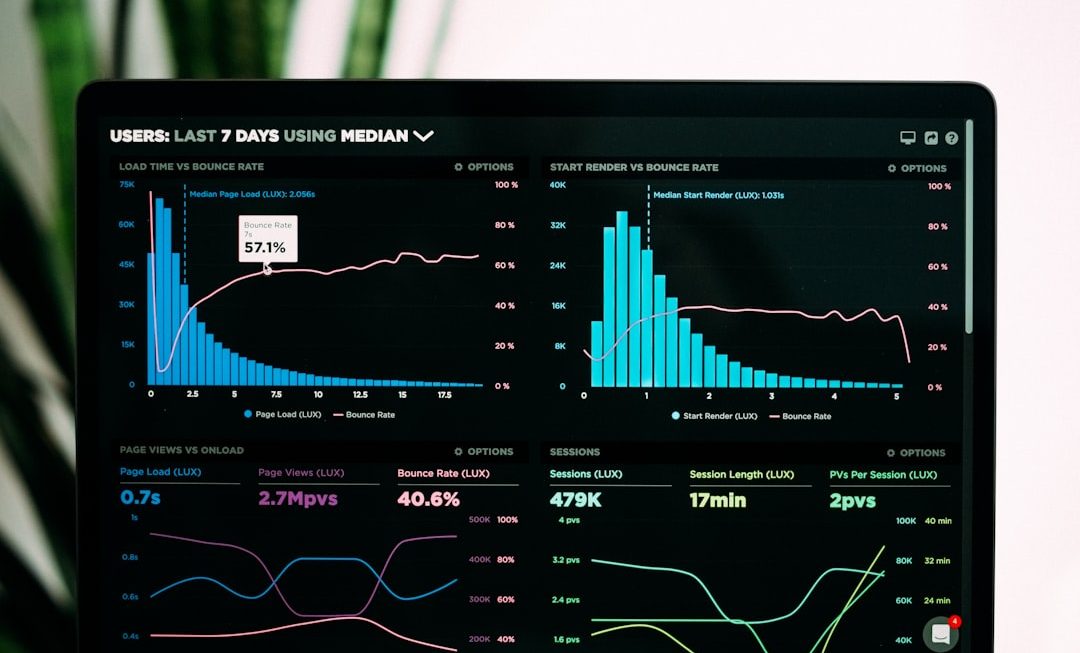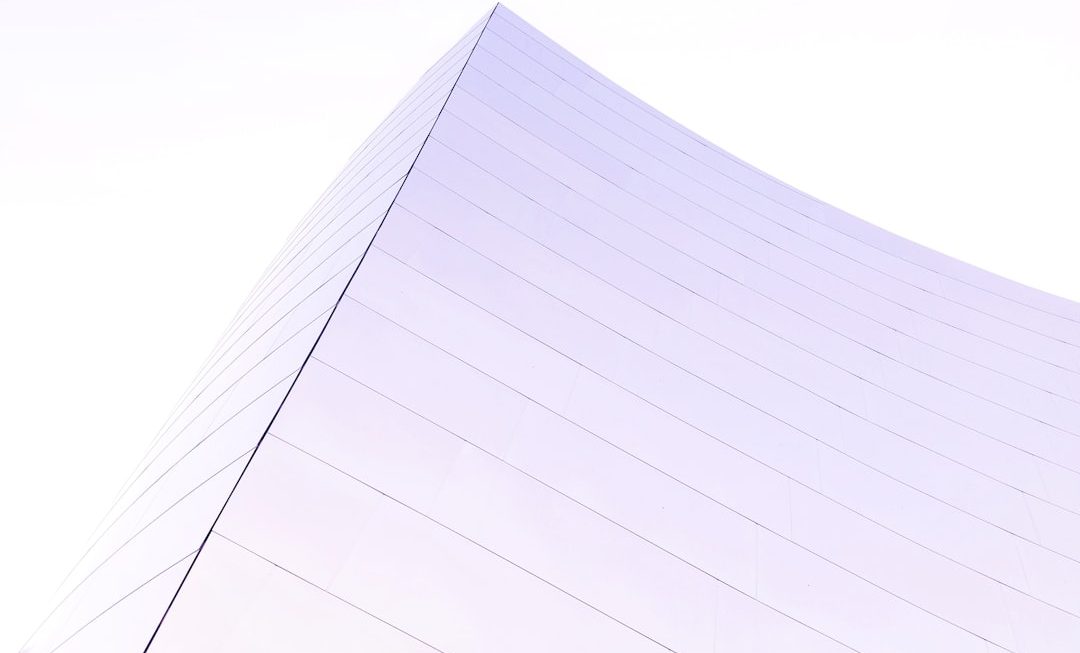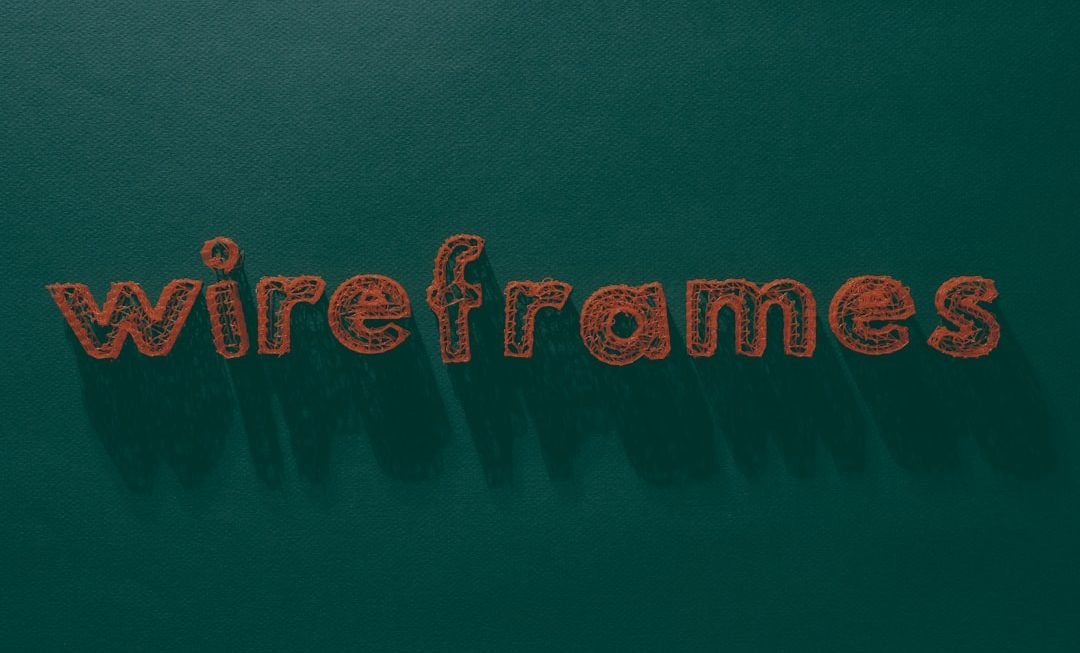If you’ve spent any time exploring advanced color grading techniques in photography or video editing, you may have stumbled across a term that seems oddly out of place: Hald images. They sound more like a brand name than a powerful color grading tool—but don’t be deceived. Hald images, also known as Hald CLUTs (Color Look-Up Tables), are a clever and efficient way to apply complex color transformations to images or video clips.
In a world where consistency in visual style is crucial—whether for cinematic storytelling, editorial fashion photography, or Instagram aesthetics—Hald images offer a flexible and precise approach to color management. But what exactly are they, and why are photographers and video editors increasingly turning to them in their post-production workflows?
What Is a Hald Image?
A Hald image is essentially a visual representation of a three-dimensional LUT (Look-Up Table). Using a grid pattern of colored pixels, it encodes color values that software can interpret and use to remap the colors of another image. Unlike text-based .cube LUT files, a Hald image stores this information in an image format—typically PNG.
The name “Hald” comes from the developer of the Hald format, and it has been embraced by colorists and developers due to its simplicity and compatibility with various photo and video editing software. The most commonly used Hald images are created at a resolution that corresponds to their cube size: for example, a cube of size 8 will produce a Hald image of 64 x 64 pixels (8 x 8 = 64 for each row and column).
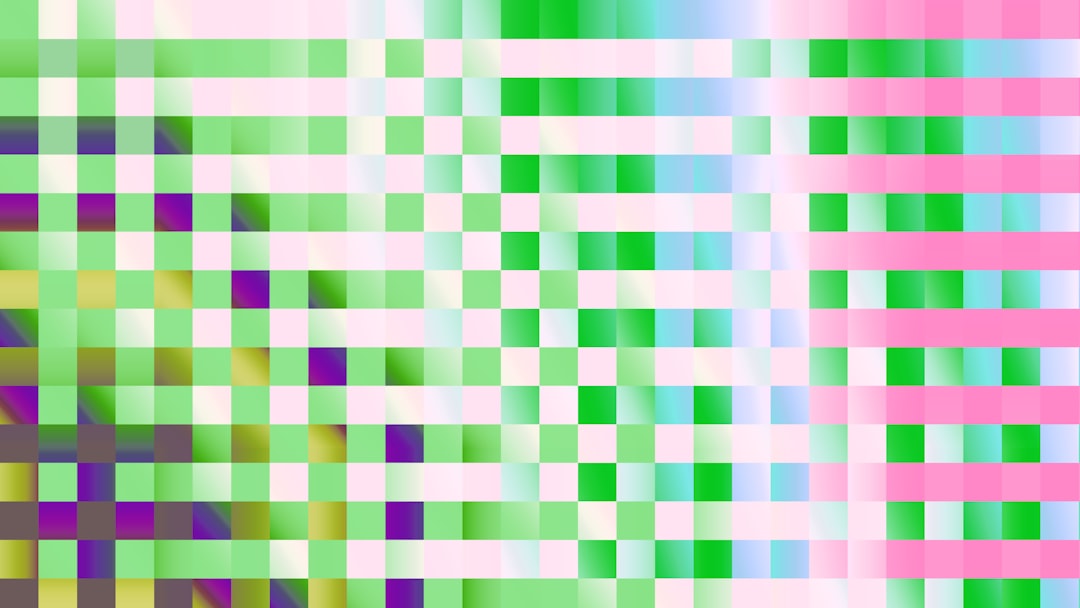
How Do Hald Images Work?
At first glance, a Hald image looks like a colorful mosaic—nothing like a photo. But each pixel in this “pattern” indicates how an input color should be transformed. When applied to an image or video, it remaps every pixel’s color by referencing this grid. This allows for:
- Subtle color enhancements
- Stylistic shifts in tone and mood
- Cross-process emulations
- Camera LUT matching
Behind the scenes, the color values in the Hald image are matched against those in the source image, then replaced accordingly. It is a direct and efficient way to impose a consistent visual treatment across multiple images or clips without having to manually adjust settings like contrast, white balance, saturation, and tone curves every time.
Benefits of Using Hald Images
Why do so many photographers and editors make use of Hald images? Instead of fumbling with traditional sliders and curves, they can apply a carefully-crafted “look” in seconds. Here are some reasons why this format is gaining ground:
- Non-Destructive Editing: Hald images can be applied as adjustment layers or filters in many editing programs, meaning the original image remains untouched.
- Cross-Platform Compatibility: Since they are just images, they can be used in virtually any graphics or editing software that supports layers and LUTs—including Photoshop, GIMP, DaVinci Resolve, and Lightroom (with plugins).
- Customization and Sharing: You can generate your own Hald image by editing a base Hald grid, then use or share it across projects—ideal for teams or maintaining brand consistency.
- Minimal File Size: A .PNG Hald file is generally much smaller than a traditional LUT file, making it easier to archive and share.
Creating a Hald Image
To create a Hald image, you begin with a neutral Hald color grid—essentially a pure encoding of color data. Then, you apply your desired color edits to it using your favorite image editing tool. The transformation encoded in the adjusted image becomes your new Hald CLUT. You can then apply this Hald image to other photos to reproduce the effect.
Several Hald generators and utilities are available online. Some even offer tools to convert existing .cube LUT files into Hald images, and vice versa.

Applying Hald Images in Practice
So, how do you actually put these files to use? Here are some common workflows:
Using Hald Images in Photoshop
Though Photoshop doesn’t natively support Hald images, you can use a plugin like 3D LUT Creator or a custom action. You simply load the edited Hald image and Photoshop applies its transformations to your target image.
In Free Applications
Programs like GIMP and RawTherapee are more welcoming of Hald images. Thanks to built-in features or plugin support, applying your desired Hald files involves a few clicks with minimal setup.
Video Editing with Hald Images
Video editors such as DaVinci Resolve or HitFilm allow for LUT application and can often be made to work with converted Hald images or .cube equivalents.
Comparison: Hald Images vs. Traditional LUTs
While both Hald images and .cube LUTs achieve similar outcomes, they differ in presentation and applicability:
| Feature | Hald Images | Cube LUTs |
|---|---|---|
| File Format | .PNG (Image format) | .cube (Text-based) |
| Software Compatibility | Broad with plugins or scripting | Extensive, standard in video apps |
| Ease of Creation | Easy to create in any image editor | Requires LUT generation tools |
| Visual Representation | Visually inspectable grid pattern | Not easily visualized |
| Customization | Apply standard photo edits to create | Often requires coding or advanced tools |
Why Creative Professionals Love Them
As technical as this may sound, the real appeal of Hald images to photographers and editors is their simplicity combined with precision. Imagine capturing a rich cinematic look, applying it across 300 photos from a shoot, and knowing they’ll all adhere to that particular palette and tone consistently. Hald images make that possible without bloating your workflow.
Moreover, applying Hald images can sometimes be faster and more intuitive than dealing with sliders and controls—especially for those who aren’t trained colorists. They offer a visual approach to color grading, which can be more appealing to artists and creatives who “think in images.”
Limitations and Considerations
While the benefits are impressive, there are a few caveats:
- Not Always Real-Time: Depending on the software, applying a Hald image can be slower or require exporting instead of live preview.
- Learning Curve: New users might need time to understand how cube sizes affect grid resolution and how that links to image quality.
- Software Support: Compatibility varies, and some platforms require workarounds like plugins or external converters.
Final Thoughts
Hald images occupy a unique place in the digital post-processing landscape. Despite their humble appearance, they hold within them the power to transform visuals drastically and professionally. Whether you’re a photographer aiming for consistent color across a portfolio or a filmmaker refining the mood of every frame, Hald images bring speed, flexibility, and accuracy to your creative processes.
So, the next time you’re looking for a lightweight, elegant solution to image-level color grading, remember this colorful mosaic of potential—you might just fall in love with the Hald image revolution.
